Growing Demand for Clean Energy Solutions
The Water Electrolysis Market is witnessing a notable increase in demand for clean energy solutions. As industries and consumers alike seek alternatives to fossil fuels, hydrogen produced through water electrolysis emerges as a viable option. The market for hydrogen is expected to grow significantly, with estimates suggesting a compound annual growth rate of over 15% through the next decade. This demand is fueled by the transportation sector, where hydrogen fuel cells are gaining traction as a clean energy source. Furthermore, the industrial sector is increasingly adopting hydrogen for processes such as ammonia production and refining. This growing appetite for clean energy solutions is likely to propel the Water Electrolysis Market forward, as stakeholders recognize the potential of hydrogen as a sustainable energy carrier.
Increasing Investment in Renewable Energy
The Water Electrolysis Market is experiencing a surge in investment as nations pivot towards renewable energy sources. This shift is driven by the need to reduce carbon emissions and combat climate change. In 2025, investments in renewable energy technologies are projected to reach unprecedented levels, with electrolysis playing a pivotal role in hydrogen production. The International Energy Agency indicates that the hydrogen economy could attract over 300 billion USD in investments by 2030. This influx of capital is likely to enhance the development of water electrolysis technologies, making them more efficient and cost-effective, thereby expanding their application across various sectors. As a result, the Water Electrolysis Market is poised for substantial growth, driven by the increasing focus on sustainable energy solutions.
Technological Innovations in Electrolysis
The Water Electrolysis Market is benefiting from rapid technological innovations that enhance the efficiency and scalability of electrolysis systems. Recent advancements in materials science, such as the development of more efficient catalysts, have the potential to reduce energy consumption and operational costs. For instance, new membrane technologies are being introduced that improve the performance of electrolyzers, making them more competitive with traditional hydrogen production methods. The market is projected to see a significant increase in the deployment of advanced electrolysis systems, with a forecasted growth rate of approximately 20% annually over the next five years. These innovations not only improve the economic viability of water electrolysis but also expand its applicability across various sectors, thereby driving the Water Electrolysis Market forward.
Supportive Government Policies and Incentives
The Water Electrolysis Market is increasingly influenced by supportive government policies and incentives aimed at promoting clean energy technologies. Many governments are implementing frameworks that encourage the adoption of hydrogen as a clean energy source, including subsidies for electrolysis projects and tax incentives for research and development. In 2025, several countries are expected to announce ambitious hydrogen strategies, which may include funding for large-scale electrolysis plants. These initiatives are likely to create a favorable environment for investment in the Water Electrolysis Market, facilitating the growth of infrastructure necessary for hydrogen production and distribution. As a result, the alignment of government policies with market needs is expected to significantly bolster the Water Electrolysis Market.
Rising Awareness of Environmental Sustainability
The Water Electrolysis Market is experiencing a heightened awareness of environmental sustainability among consumers and businesses. As climate change concerns escalate, there is a growing recognition of the need for sustainable energy solutions. This awareness is driving demand for hydrogen produced through water electrolysis, waste management as it is seen as a clean alternative to conventional fossil fuels. Market Research Future indicates that consumers are increasingly willing to pay a premium for products and services that are environmentally friendly. This shift in consumer behavior is likely to encourage companies to invest in water electrolysis technologies, thereby expanding the Water Electrolysis Market. The emphasis on sustainability is expected to shape market dynamics, influencing both production methods and consumer preferences in the coming years.
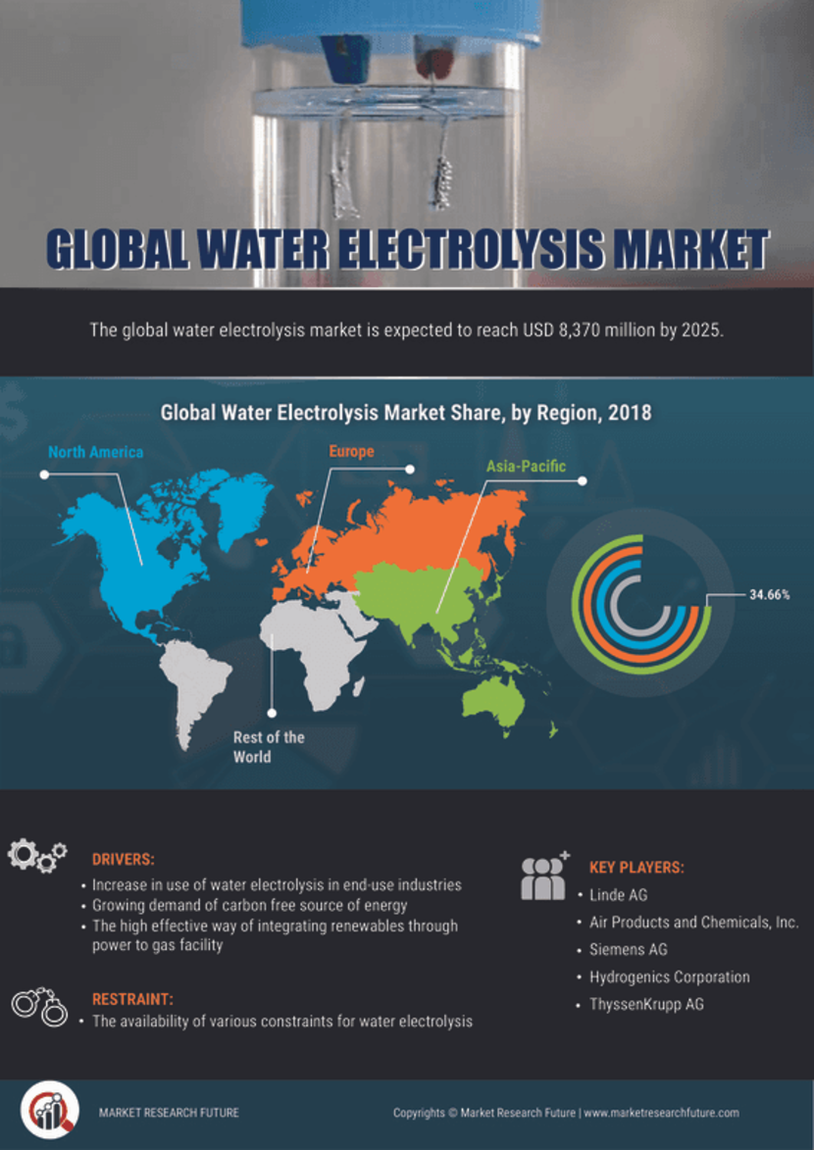

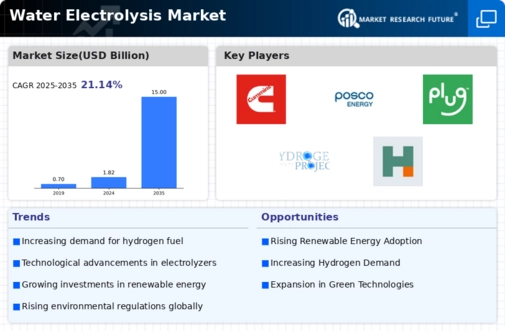
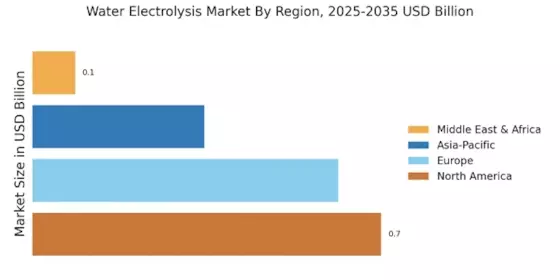


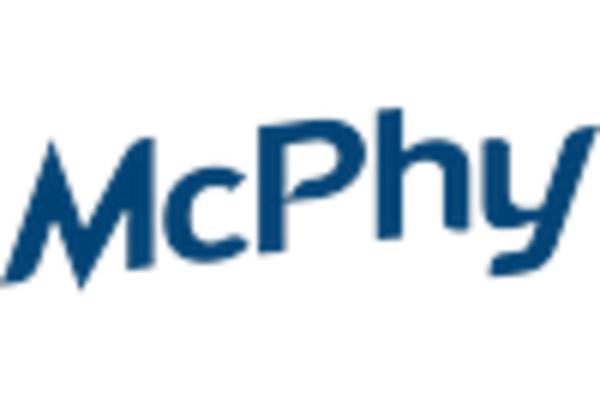
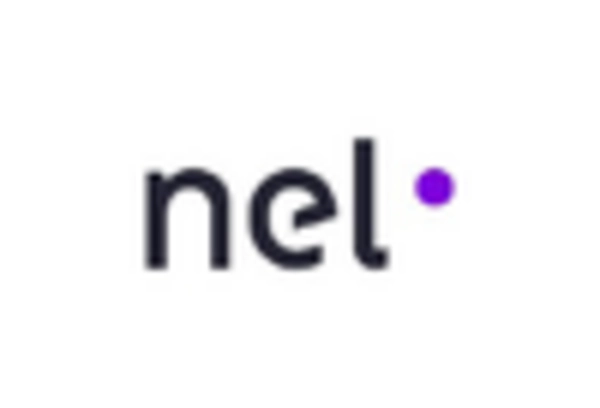
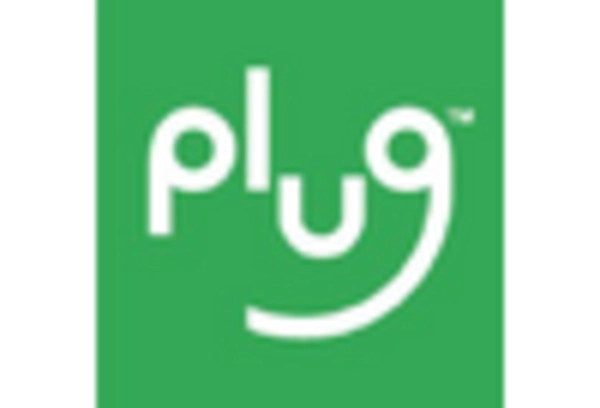
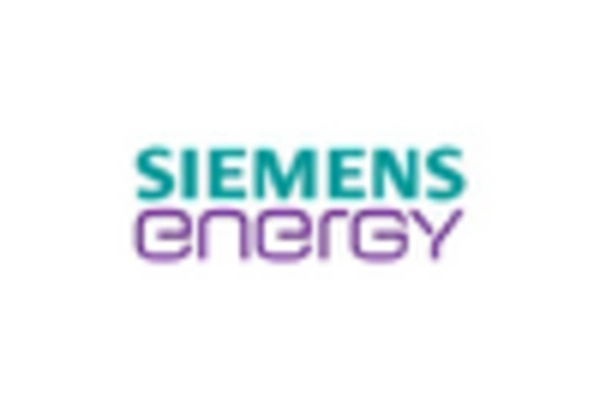








Leave a Comment